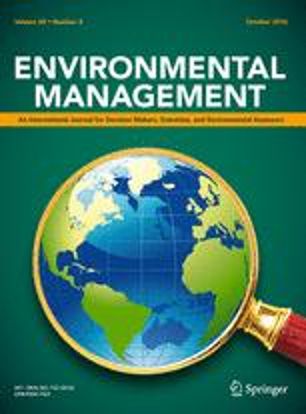Food security in the East African Highlands is dependent upon the productivity of lands managed by smallholders who face difficult challenges in maintaining the fertility of their soils. A study was conducted to identify indicators of soil fertility status that are consistent with farmers’ perceptions of soil fertility. Physical, chemical and biological properties of soils were measured from paired fields identified as either productive or non-productive by 12 farmers and compared to findings of a household survey on soil fertility management. Special attention was given to the potential of different soil organic matter fractions to serve as diagnostic indicators of soil fertility. Farmers’ criteria for distinguishing soil productivity included crop performance, soil tilth, moisture and colour and presence of weeds and soil invertebrates. All farmers attributed low fertility to inadequate use of organic and inorganic fertilisers (100%) and removal of crop residues (100%). Other causes included continuous cropping (83%), lack of crop rotation (66%) and soil erosion (42%). Productive soils had significantly higher soil pH, effective cation exchange capacity, exchangeable cations, extractable P and total N and P than non-productive soils. Total organic C and several estimates of soil labile C including particulate organic C (POC), three Ludox density separates of POC, KMnO4-oxidizable C and microbial biomass C were significantly greater in productive soils. Soil microbial biomass N, net N mineralisation and soil respiration were also significantly higher in productive soils. Farmers’ perceptions of soil quality were substantiated through soil chemical analyses and soil organic matter fractions provided precise information on these differences. The similarity of soil physical properties in productive and non-productive fields suggests that differences in chemical and biological indicators may have resulted, in part, from smallholders’ management and are not inherent properties of the soils.
DOI:
https://doi.org/10.1016/S0167-8809(99)00142-5
Altmetric score:
Dimensions Citation Count:
00142-5&apiKey=3948bb216041dbffcb29a618defafc29&httpAccept=image%2Fjpeg)
Publication year
2022
Authors
Murage, E.W.; Karanja, N.K.; Smithson, P.C.; Woomer, P.L.
Language
English
Keywords
highlands, soil fertility, soil organic matter, soil, nitisols, small farms, soil properties, chemical properties
Geographic
Kenya























